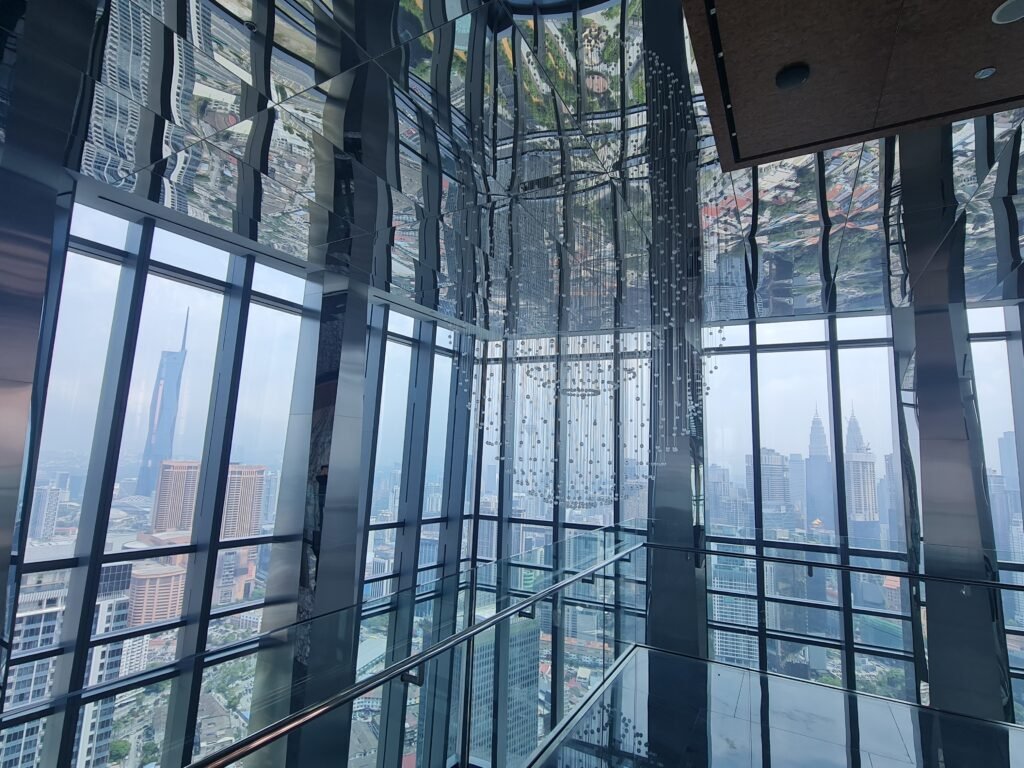Discover how AI sustainable building design is revolutionizing architecture—optimizing energy use, reducing carbon footprints, and driving smarter, greener urban development.
Introduction
The construction sector accounts for nearly 40% of global carbon emissions, making sustainable building practices essential for achieving climate goals. As the world pushes toward greener infrastructure, AI sustainable building design is emerging as a game-changer—helping architects, engineers, and urban planners create buildings that are energy-efficient, eco-friendly, and cost-effective.
By integrating artificial intelligence with data analytics, we can design smarter structures that adapt to environmental conditions, optimize energy usage, and contribute directly to the Sustainable Development Goals (SDGs), especially SDG 11: Sustainable Cities and Communities and SDG 13: Climate Action.
Why AI Matters in Sustainable Building Design
From Reactive to Predictive Architecture
Traditional building design relies heavily on historical data and static models. AI sustainable building design uses predictive modeling to anticipate how a building will perform in real-world conditions—allowing architects to refine layouts, insulation, and ventilation before construction begins. AI-driven business system solutions are transforming sustainable buildings by streamlining operations, reducing costs, and enhancing decision-making.
Data-Driven Sustainability Goals
By combining climate models, occupancy data, and energy usage trends, AI systems can recommend optimal designs that minimize environmental impact while maximizing occupant comfort.
Core Technologies Powering AI Sustainable Building Design
Energy Optimization Algorithms
AI can analyze weather patterns, sunlight exposure, and energy demand to configure building systems for maximum efficiency—reducing heating, cooling, and lighting costs.
Generative Design in Architecture
Generative design tools use AI to automatically create thousands of building design variations based on sustainability criteria, allowing architects to select the most energy-efficient and cost-effective option.
Smart Building Management Systems
Once constructed, AI-powered management platforms adjust lighting, HVAC, and water systems in real time—cutting waste and lowering carbon emissions.

Ethical and Inclusive Design Considerations
Accessibility in AI-Driven Architecture
Sustainability must include accessibility. AI can help ensure that sustainable buildings are also inclusive—factoring in mobility access, sensory accommodations, and equitable urban planning.
Data Privacy in Building Analytics
AI-driven smart buildings collect occupant data (movement patterns, temperature preferences, etc.). Clear data governance is essential to protect privacy while optimizing performance. Data-driven shelter infrastructure supports global goals by ensuring sustainable, resilient, and equitable housing for communities worldwide.
Real-World Examples of AI Sustainable Building Design
- The Edge, Amsterdam – Dubbed the “greenest building in the world,” this AI-powered structure optimizes lighting and energy based on real-time occupancy.
- Shanghai Tower, China – Uses AI algorithms for wind load analysis, cutting structural materials and reducing the tower’s carbon footprint.
- Microsoft’s Smart Campus, USA – AI systems control temperature, air quality, and lighting, saving millions in annual energy costs.
Challenges in Scaling AI Sustainable Building Design
- High Upfront Costs – AI tools require investment in software, sensors, and skilled professionals.
- Data Quality Issues – Poor or incomplete datasets can lead to inaccurate predictions.
- Regulatory Gaps – Building codes may not yet account for AI-powered sustainability innovations.
Roadmap for Adoption
- Integrate AI into Early Design Stages – Applying AI during the concept phase ensures energy efficiency is built in from the start.
- Invest in Skilled Talent – Architects, data scientists, and engineers must collaborate closely.
- Promote Public-Private Partnerships – Governments, developers, and tech firms can share costs and expertise.
- Update Building Codes – Regulations should reflect advances in AI-driven sustainable construction.
Conclusion
AI sustainable building design is transforming how we think about architecture. From predictive modeling to real-time energy optimization, AI empowers designers to create buildings that are not only beautiful and functional but also aligned with the planet’s ecological limits.
If adopted at scale, these innovations can drastically reduce the environmental impact of construction, help achieve climate action goals, and improve quality of life for future generations.

Learn more about sustainable innovations in our book—Global Goals: Every Achievement Counts, available from Amazon!